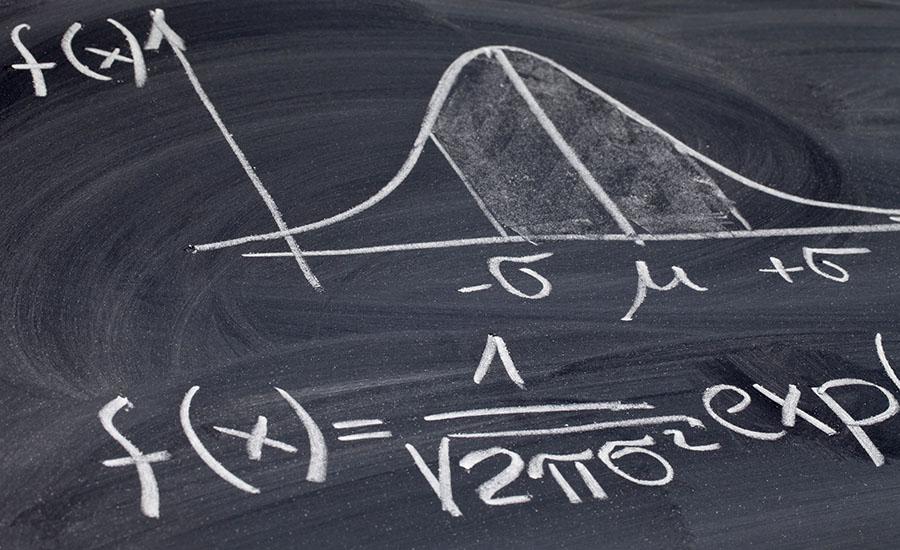
An Inquiry Approach to Circular Motion
This lesson uses a Modeling Instruction approach to developing the graphical and mathematical relationships for Circular Motion for students in Grades 9-12. Students design an experiment, collect data using an online simulation, plot their results, and derive the relationship between net force, mass, velocity, and radius. Materials used include a Centripetal Force Apparatus, The Physics Aviary’s Classic Circular Force Lab simulation, Vernier's Graphical Analysis app, and Readings (links provided in the slide deck).
Lesson Plan Link/URL
https://docs.google.com/presentation/d/1L-1VLlReCVKbsElyk2f6DYCv_IdMZV_4/edit?u…Subject Area
Science Physical Science P3: Net Force Earth and Space Science E2: Earth & the Universe Technology 5. Computational Thinker Mathematics Measurement and Data (MD) Expressions and Equations (EE) Algebra (A) English Language Arts (ELA) Reading (Informational Text)Related Content

This lesson gives students another real life example of Newton's Second Law of Motion. Students will use force diagrams and Newton's Second Law of Motion to find their apparent weight as they

This lesson is an activity to see what an angle is and how is can be used to approximate the time of day or even navigating vessels by measuring other celestial bodies. Students will use sextants to

This is the second lesson in a series of 2. In this lesson, students will learn about what watersheds are and then take a tour of the school campus looking at it through the lens of being a watershed